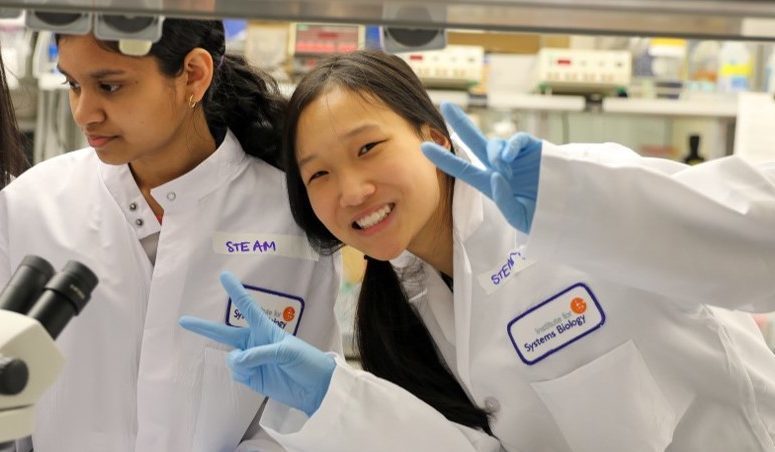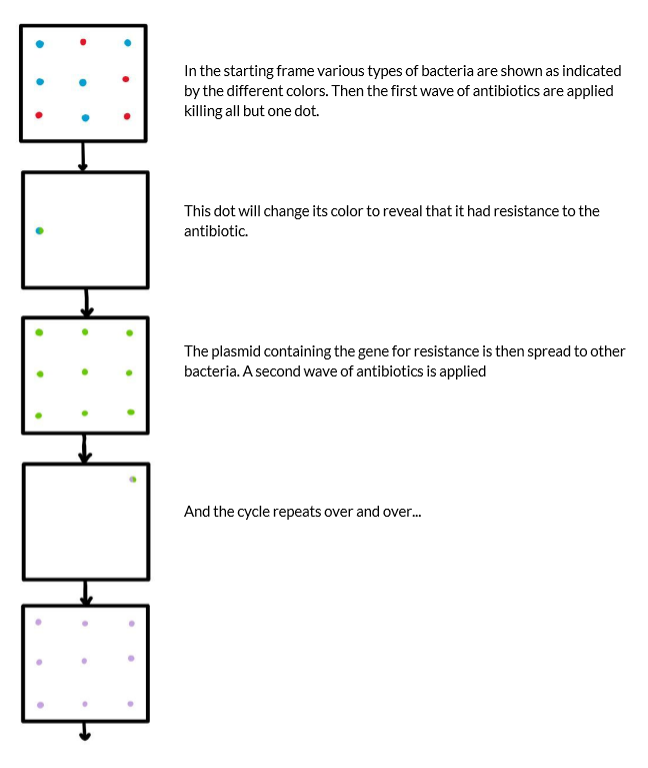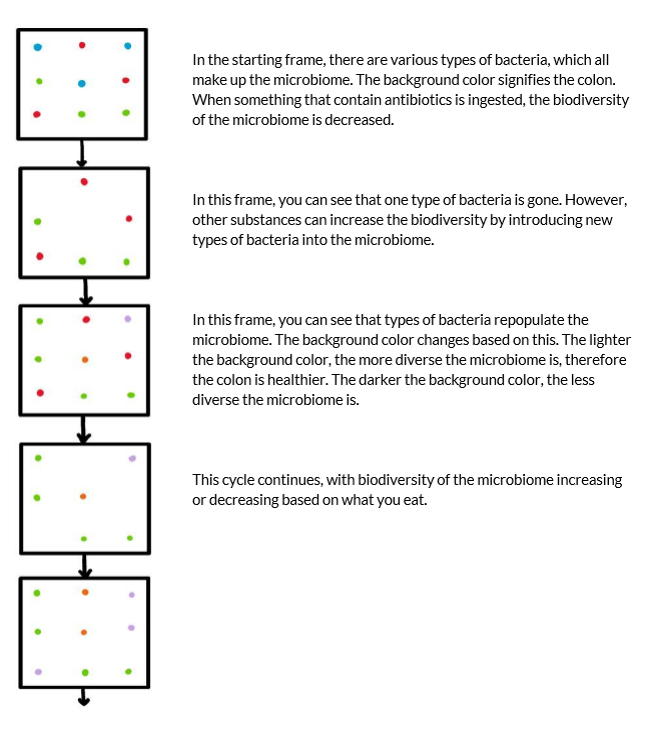STEAM Towards a Healthier World

Sophie Liu
Newport HS, WA
Senior (2019-2020)
 Career Goals:
Career Goals:
In the future, I hope to design experiments to explore questions that shape the future of science and research in industry or academia (I haven't decided between the two yet). After high school, I plan on completing undergraduate and graduate education focused on interdisciplinary studies involving computer science, applied mathematics, and molecular biology.
After all of that, I want to lead my own research team/lab because I can see my team's ideas come to life, or find the answers to questions we've always wondered. Additionally, I noticed how common it is to have zero to few female faculty members in large research institutions, so I hope to change that as well.
What did you learn from this course?
One of the most important lessons I gained from this course is that there are multiple roads I can follow to get to where I want to be in the future. I always lost sleep at night thinking about how rigid my career path would have to be if I wanted to become a research scientist. After hearing from the diverse stories of various ISB staff members, I can now rest easy because there are sooooo many different ways I can go in my science career, and no matter what happens I know that I can find a way to research the questions I'm dying to resolve (but if I don't find an answer that's 123105% fine as well)!
What advice do you have for future Ambassadors?
- There are a lot of guest speakers, so get the most out of the experience and ask questions. You don't have to take notes on everything because then it just distracts from the focus you could be putting into the speaker. For instance, I took notes only on ideas that I didn't know about going into the lecture.
- Starting your project early saves you a lot of stress, just make sure you run your idea by the advisors/instructors.
- Don't be afraid to try something new for your project. If you need help, there are so many professionals at ISB who would be more than willing to help you out with your project.
– Showcase Project –
"BAMage: Bacteria, Antibiotics, Microbiome"
Project Team Member: Keerthana Thammana
Who/What inspired this project?
After scrolling through Instagram agar plates depicting bacterial lawns in multiple antibiotics, I became concerned at how common antibiotic resistance is in common bacteria. Additionally, I vividly remember watching a CBS video in my Biotech class about Candida auris (a fungus) showing up on hospital walls and "sterile" equipment. Our project mainly comes from concern, and I hope that it can inspire awareness about antimicrobial and antibiotic resistance. I was also inspired by Dr. Nitin Baliga, Dr. Sean Gibbons, and Amy Zamora to explore the topic of antimicrobial resistance and the human microbiome.
Here is the link to our Github site with the project source code:
The Antibiotic Resistance Animation communicates the idea that no matter how many types of antibiotics are used, the cycle of using antibiotics and then having large amounts of resistance will loop infinitely. The starting frame represents the different kinds of bacteria with different genomes using different colors. The circles represent the bacteria which disappear after they generate in the beginning but are treated with antibiotics. However, one circle will remain to demonstrate it's antibiotic resistance, and it propagates that capability other 99 bacteria which all have the same color as the original survivor.

The Microbiome Animation depicts how modern diets can negatively impact the biodiversity of our microbiome which is communicated through the varying darknesses of the background. When certain foods are eaten, such as those with some amounts of antibiotics, the biodiversity decreases. However, when other foods are eaten, new species can be introduced, increasing the biodiversity again. This process is shown through the infinite loop. To keep a healthy microbiome, which is depicted as a lighter background, it is important to keep in mind about what we eat or ingest as well as other environmental and behavioral factors, as the microbiome plays a significant role in digestion and disease protection.

Who is your target audience?
Our target audience is the general public because antibiotics have been integrated into the daily lifestyles of almost everyone. Meat handling/farming, abuse of antibiotics in medical treatment, and fungicides are all common practices, and thus it is important we target our project to as many people as possible because we all have a hand in this issue.
As an Ambassador, how do you plan to share your message with your target audience?
We plan to share the message by a) putting it on the STEAM website, b) direct message (DM) big science accounts on Instagram and have them share our animation c) share it with friends and family.
Hopefully after seeing our animation, people will be inspired to choose their medications and products more wisely by doing more research on their own about how they can use antibiotics their lives.
Credits and Acknowledgements
Becky Howsmon, ISB - STEAM Supreme Leader
Amy Zamora, ISB - Researcher on antibiotic resistance in tuberculosis cases
Hari Koneru, Student
Dr. Nitin Baliga, ISB - SVP and Director of Institute for Systems Biology
Dr. Sean Gibbons, ISB - Microbiome Research at Gibbons Lab
Terrance Li, Student
Stuff to Check Out!
Fun video to check out for more information: https://www.youtube.com/watch?v=1sISguPDlhY

